
Natasha Collie
Senior Brand Marketing Manager at Penguin Random House UK
At the start of the year, Ladybird Books approached Sonder & Tell with a dream brief. In 2021, a year that’s been particularly challenging for...
In conversation with
Writer & Producing Partner
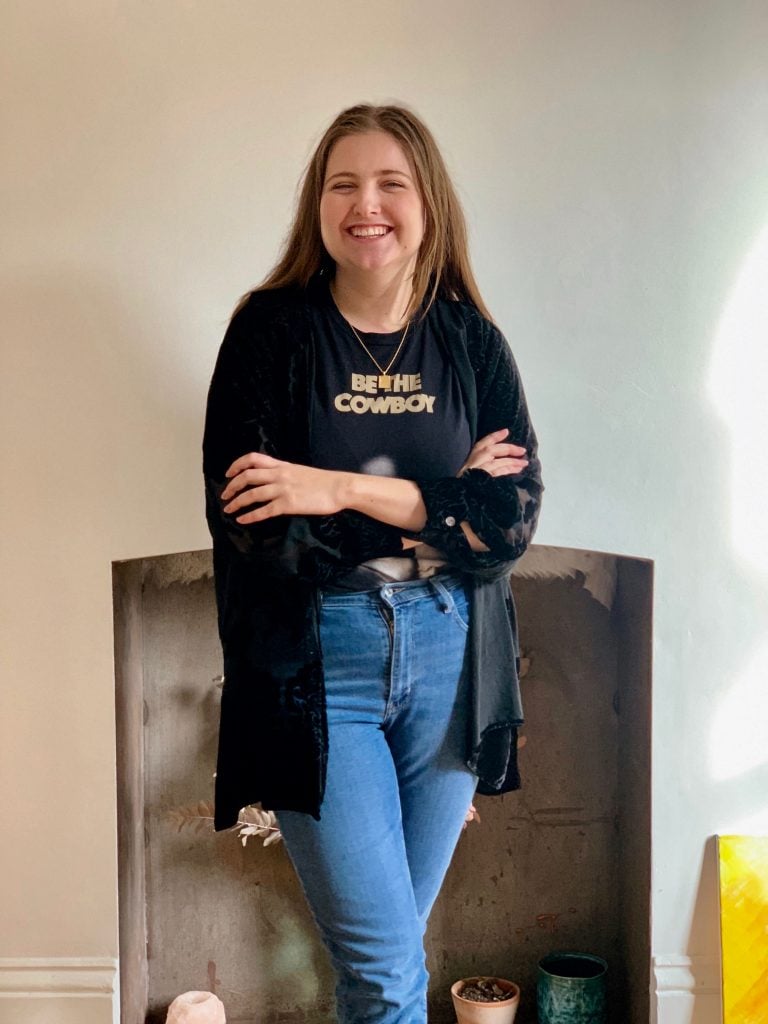
Before the influencer economy blew up, and before #ad or #sponsored became the norm, there was a different kind of digital personality: the vlogger who turned to the camera simply to talk. In Rosianna Halse Rojas’ case, she chose to talk about books. Little did she know that her side project would grow to 60k subscribers or a job working with one of her favourite authors.
As a writer, YouTuber and Producing Partner to YA fiction writer John Green (Looking For Alaska, The Fault In Our Stars), Rosianna’s plate is full. She juggles reading scripts, being on set, producing podcasts (The Anthropocene Reviewed) and managing a book club, Life’s Library, with John.
We sat down with Rosianna to discuss her own life’s library, working with John and just what YouTube means to her in this new era of digital influencer culture.
I vividly remember my dad coming home with Harry Potter and the Philosopher’s Stone, which he bought because he loved trains and it had a train on the cover. With Harry Potter, we tried something we’d never done as a family before, each reading a page aloud and passing it to the next person. That lasted for about two nights before I took the book for myself and read it all. I have never been a particularly patient person.
My sisters, who are 7 and 9 years older than me, had an extensive collection of The Babysitters Club, Sweet Valley High and Nancy Drew books, and I used to stand on their desk to reach them and take them to my room to read. Standing on their desk was thoroughly forbidden by my father, but when you really need a new book to read you’ll do anything for it. I loved those series; I couldn’t get enough of the characters or how moreish and familiar the stories were.
My love of having fun with clothes and accessories must be in part attributed to Claudia Kishi. All of those books and many more made me want to write, and many of my early stories were deeply unsubtle wish fulfillment narratives like “The Girl Who Got 10,000 Presents” or basically Harry Potter self-insert fan fiction.
I used to go into my local bookshop after school to browse the shelves and think about which book I’d buy next time I could. I’d had a really bad day and asked for a book recommendation and Margaret, before I knew her name or anything else about her, showed me one of the staff picks, a black book with a flower on the cover called Looking for Alaska by John Green that had just come in and that her colleague Aisling had loved. I bought it, read it, loved it.
Around this time I started making videos on YouTube, mostly to talk about Harry Potter and books and how stressed I was about everything all the time. It was about a year later that John started a YouTube channel called vlogbrothers with his brother Hank and I watched and was involved with the community from the beginning. YouTube was much smaller at the time – this was 2007 – and many of us became fast friends. In 2008 I met John and Hank at an event when I was in Chicago for a Harry Potter convention. We’ve been friends ever since.
John has always been a tremendous friend and supports me at every turn, and my favourite part of the job is working with him on a daily basis across our many projects. The job is varied – books, online video, podcasts, film and television projects, our work with Partners in Health Sierra Leone, a book club – but overall what I’m most passionate about is that every person I work with understands and is enthusiastic about the potential of community to effect change.

Books are where I go first, but every medium offers different opportunities to think about story and how to tell it. That’s part of what’s so exciting about not having to choose because I work across different formats. I’m so grateful that in my work I am able to learn from so many fantastic storytellers who are experts in their craft and are still always open to learning more.
I’ve also told many stories on video and played with that storytelling without realising that’s what I was doing. I made a few videos called Backburner in which I worked my way through a cookbook while documenting the ups and downs that month. I’d like to make more of those but they’re complicated. Something that’s fun about YouTube is you can make what you want when you want to, particularly as it’s still a hobby for me, not my full time job.
“I think YouTube is best at letting people tell their own stories as they want to tell them, but it’s also important to remember that there are many stories we aren’t hearing. We have a responsibility to lift up other people who aren’t being heard as much.”
John and I had been talking about starting a book club for a little while in part because we love talking about books, in part because we were both spending too much time on social media in passive ways rather than in engaged, active ways, and in part because there are a lot of absolutely fantastic books out there that we think should have a larger readership. All proceeds from subscriptions are given to our community’s work to improve healthcare in Sierra Leone, where one in every 17 women will die in pregnancy or childbirth.
It’s so much fun and Life’s Library is very proud to support the work of Partners in Health Sierra Leone. After the first year we’ve seen a brilliant and engaged community on the Discord, with thoughtful discussions about each of the titles and an excitement and curiosity about finding out more about the text, authors, and similar books. It’s such a positive space on the internet and I feel very lucky to be a small part of it.


YouTube is definitely a form of storytelling for me, although I didn’t really realise it until my wonderful friend Clarissa Pabi told me when I was worried that I wasn’t writing enough that my videos were a form of writing too.
My favourite thing on my channel, though, is a video I didn’t actually make. YouTube named me one of their Creators for Change ambassadors in 2017 and gave me a grant. I used it to go to Colombia with UNHCR, the UN Refugee Agency in 2017 and took a four hour boat ride to a municipality called Riosucio in Chocó. I met an amazing group of young women there and worked with them for a few days to make videos about whatever they wanted, which they planned, filmed and edited themselves. One group made a video interviewing community members about violence and displacement, while another group went down to the market and made a video introducing fruits and vegetables from their region.
I think YouTube is best at letting people tell their own stories as they want to tell them, but it’s also important to remember that there are many stories we aren’t hearing. We have a responsibility to lift up other people who aren’t being heard as much.
My mum’s Mexican and my dad was British, but neither of them read much fiction, so my influences come from an effort to find something that sounded familiar. I adore Laura Esquivel’s Like Water for Chocolate, which is a masterpiece in magical realism, and I love the geometry in Jorge Luis Borges’ stories, particularly Ficciones.
Writers like J.K. Rowling and Philip Pullman taught me about how to not only build worlds but populate them, and more recently I’ve been drawn to essayists like Rebecca Solnit (A Field Guide to Getting Lost), Olivia Laing (The Lonely City), Alexander Chee’s How to Write an Autobiographical Novel, and of course, Dolly Alderton’s Everything I Know About Love.
I think this move towards personal essays came in part because I lost my dad at 19 and didn’t have the words for it. Most of the people around me hadn’t experienced a big loss yet, so I started to look for it in what I read. Fiction helped too: A Heartbreaking work of Staggering Genius by Dave Eggers, for example, and more recently, my friend Savannah Brown’s excellent book The Truth About Keeping Secrets.

I write 2-3 pages in my diary most days and then try to put aside time for my own writing on weekends and at least a couple of evenings a week. It has to be a really active effort to create that time in my schedule and I’m getting better at it but it’s slow to improve.
Collaborate, persevere, make.

Senior Brand Marketing Manager at Penguin Random House UK
At the start of the year, Ladybird Books approached Sonder & Tell with a dream brief. In 2021, a year that’s been particularly challenging for...
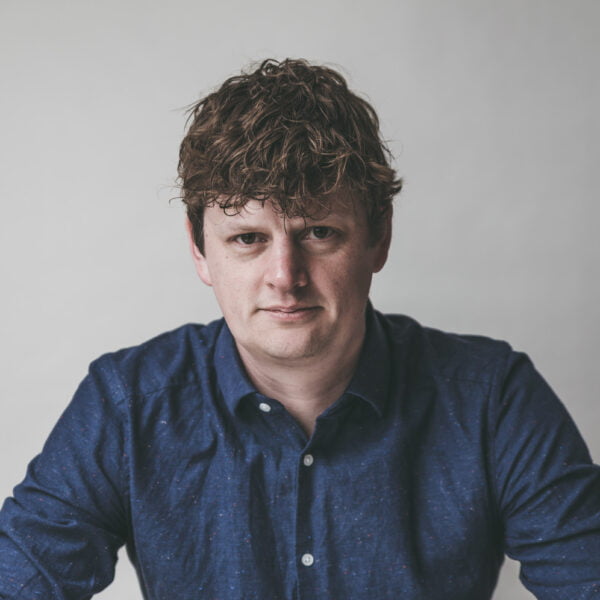
Founder Of Simple Politics
Talking about serious issues doesn’t mean defaulting into a serious tone of voice, or using complicated language. If anything, accessibility, clarity and a touch of...
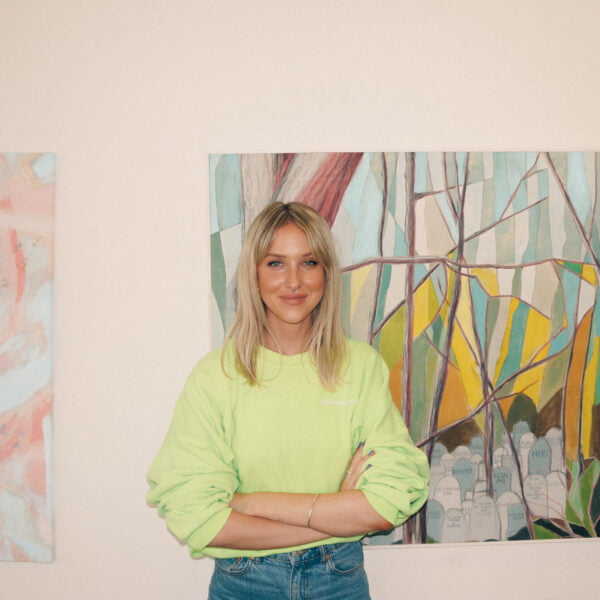
Brand & Community Manager at Homethings
Creating a tone of voice from scratch can be challenging. But a blank slate to work from also mean there’s room for something a bit...
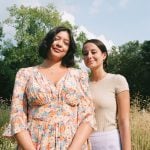
Co-Authors of Mixed Feelings
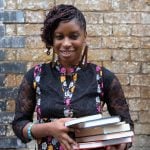
Author of Butterfly Fish, Speak Gigantular and Nudibranch